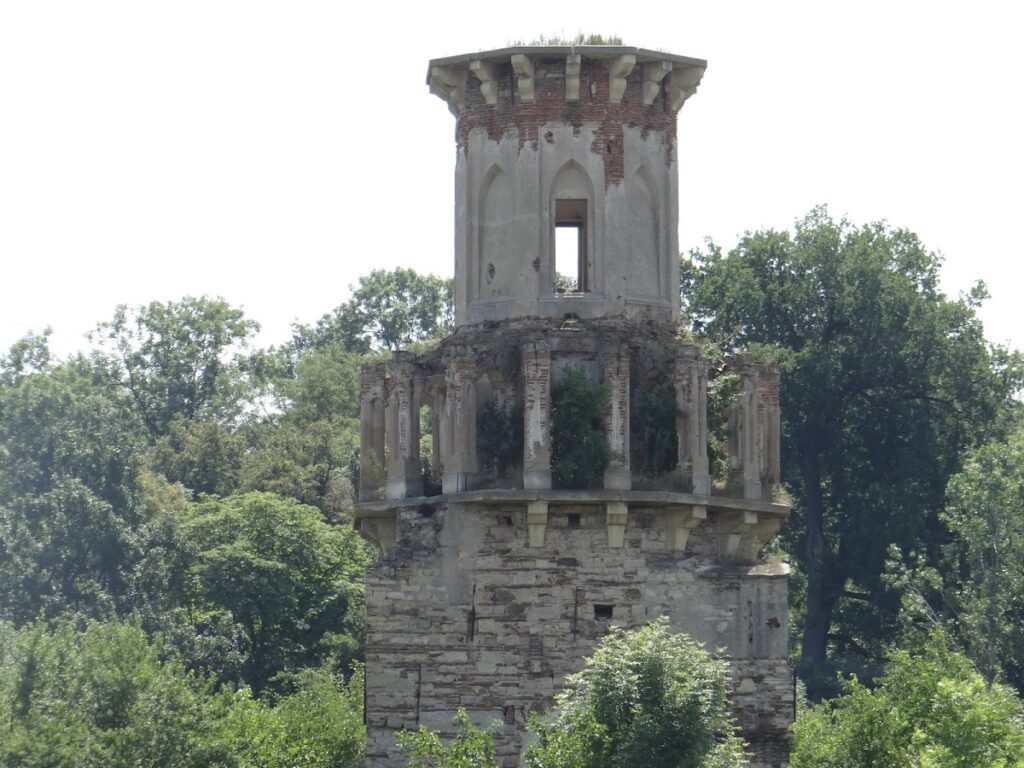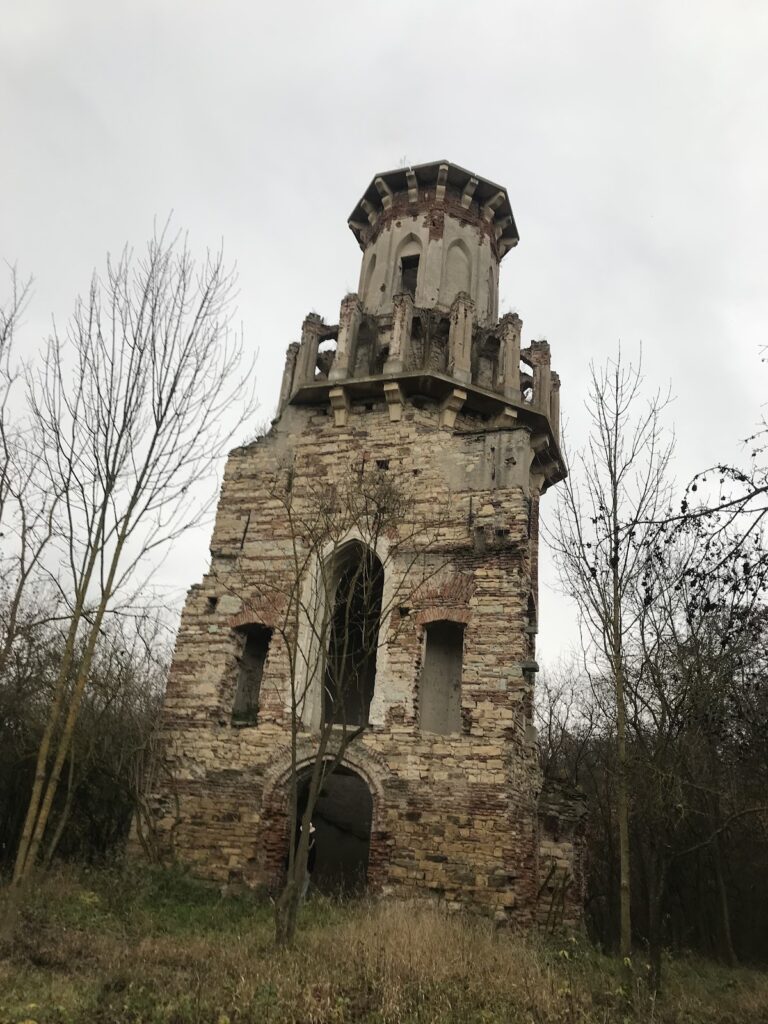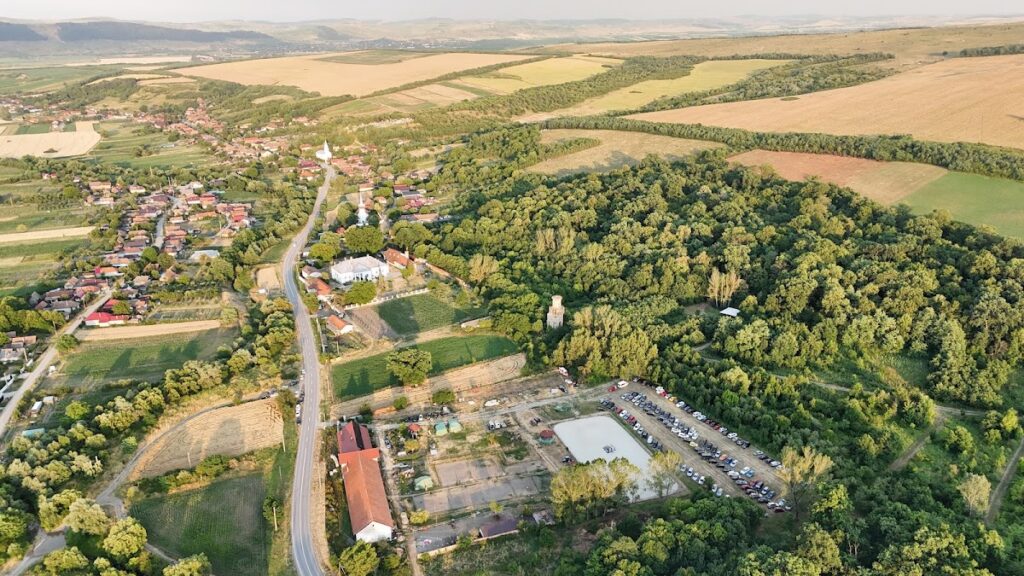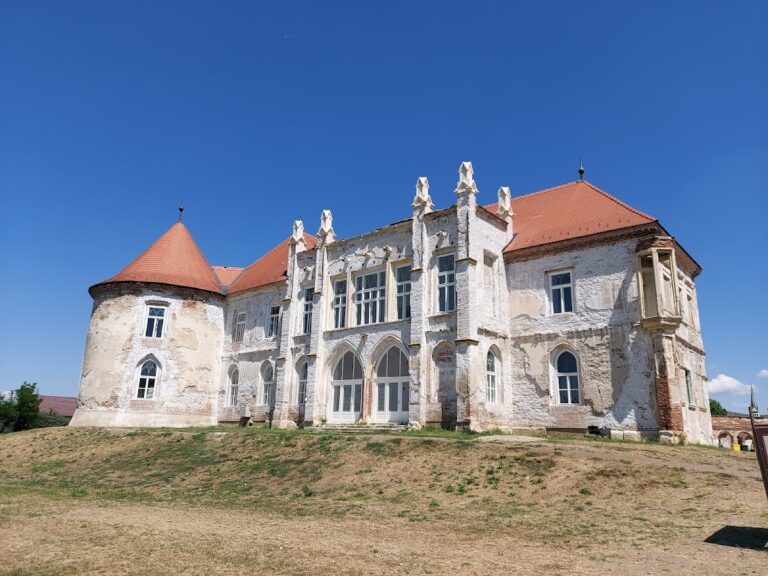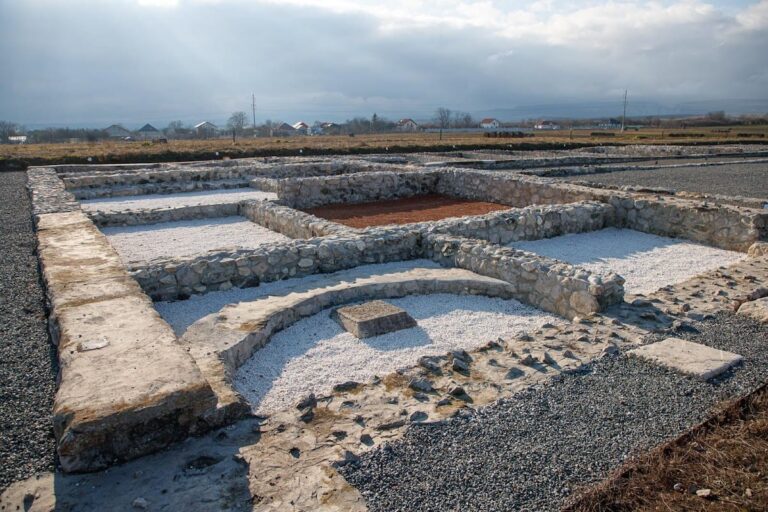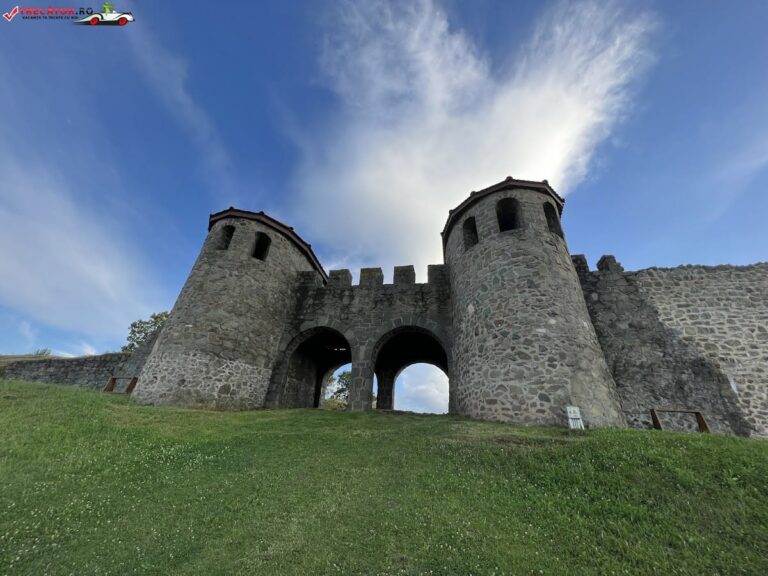Teleki Castle: A 17th-Century Noble Estate in Luna de Jos, Romania
Visitor Information
Google Rating: 4.3
Popularity: Very Low
Google Maps: View on Google Maps
Country: Romania
Civilization: Unclassified
Remains: Military
History
The Teleki castle is located in Luna de Jos, a locality in modern-day Romania. It was built in the 17th century by the Teleki family, a noble line prominent in Transylvania. Construction took place during a period when castles served both defensive and residential purposes for local aristocrats.
Work on the castle began around 1650 and was completed by the year 1700 under the direction of Pál Teleki, a notable member of the family. Pál Teleki was known for his philanthropic efforts and his support for Francis II Rákóczi, the leader of the Kuruc uprising against Habsburg rule. Following the defeat of Rákóczi’s forces, the imperial army, acting on orders from the Austrian emperor, punished those who had sided with the Kuruc cause. As part of this reprisal, the Teleki castle was destroyed shortly after its completion.
Despite the destruction, the southern hunting tower of the castle, a tall structure rising about 35 meters, survived along with parts of the surrounding parkland. In the century following the demolition, stones from the ruined castle were reused by the local community to construct a long defensive wall and a neoclassical pavilion in the adjacent park. This transformation marked a shift in the estate’s function and appearance.
During the communist era in Romania, the neoclassical pavilion served as the headquarters of a collective agricultural unit, reflecting changes in land use and governance. More recently, the pavilion has been adapted for social use and currently operates as a social assistance and child protection center. Parts of the defensive wall built with the castle’s stones still remain near the local hospital, although some sections were dismantled after 1980.
The castle grounds preserve an ancient park with trees estimated to be over five centuries old, a living link to the history of the site and the landscape surrounding the estate.
Remains
The Teleki castle once comprised a complex estate featuring a main structure, outbuildings, gardens, and defensive works. Today, the remnants vividly reflect the site’s layered history.
The most prominent surviving element is the southern hunting tower, standing approximately 35 meters tall. This tower dates to the original 17th-century castle and likely served both as a lookout point and a symbol of status. It is constructed from local stone and remains intact despite the surrounding destruction, offering direct physical continuity with the castle’s initial phase.
Following the castle’s destruction in the early 18th century, stones from the ruined buildings were repurposed to build a lengthy wall measuring about 700 meters in length, 1 meter in thickness, and 4 meters in height. This wall encircled parts of the estate and provided a new form of enclosure. Though originally built with these reused stones, nearly 500 meters of the wall were later dismantled after 1980, with only around 200 meters still present today near the hospital.
Within the grounds stands a neoclassical pavilion created in the 18th century using the same reclaimed materials. This structure includes a ground floor, one upper floor, and a roof, and it is situated within a small park area. The pavilion has been maintained and adapted over time, seeing use as an administrative center during the communist period and now serving social and child protection functions.
The park surrounding the site contains a remarkable collection of ancient trees, including oaks, beeches, and chestnuts that have grown there for over 500 years. These venerable trees offer a living connection to the estate’s past and have been preserved as part of the landscape heritage. Together, the tower, wall remains, pavilion, and venerable park continue to tell the story of the Teleki family’s once formidable presence in Luna de Jos.
